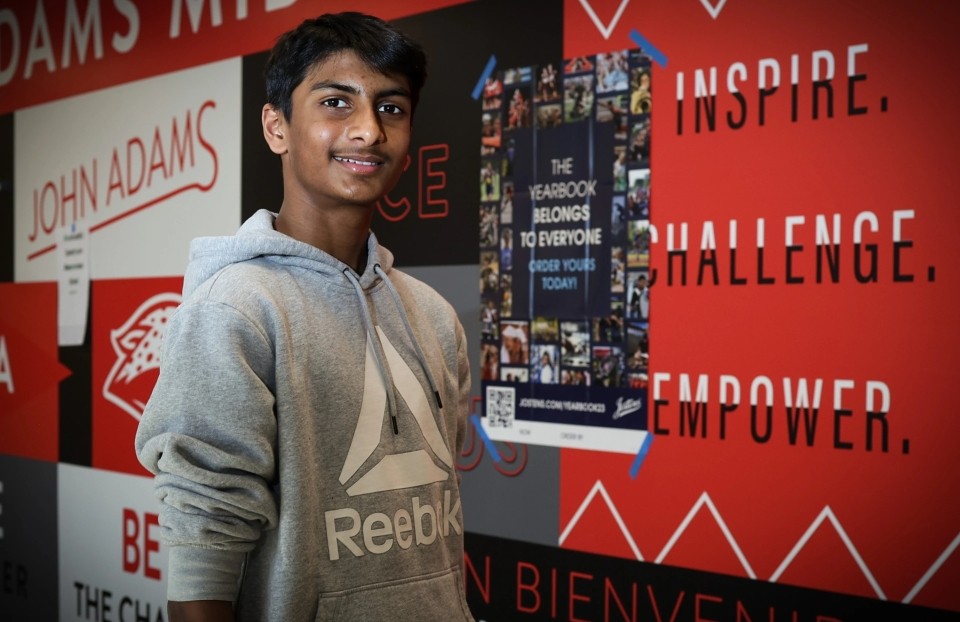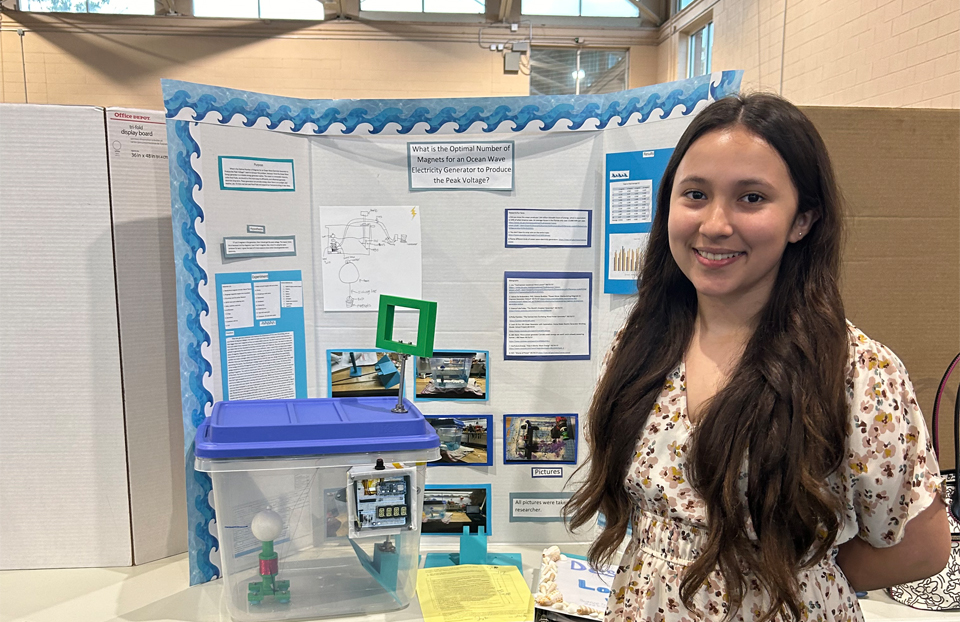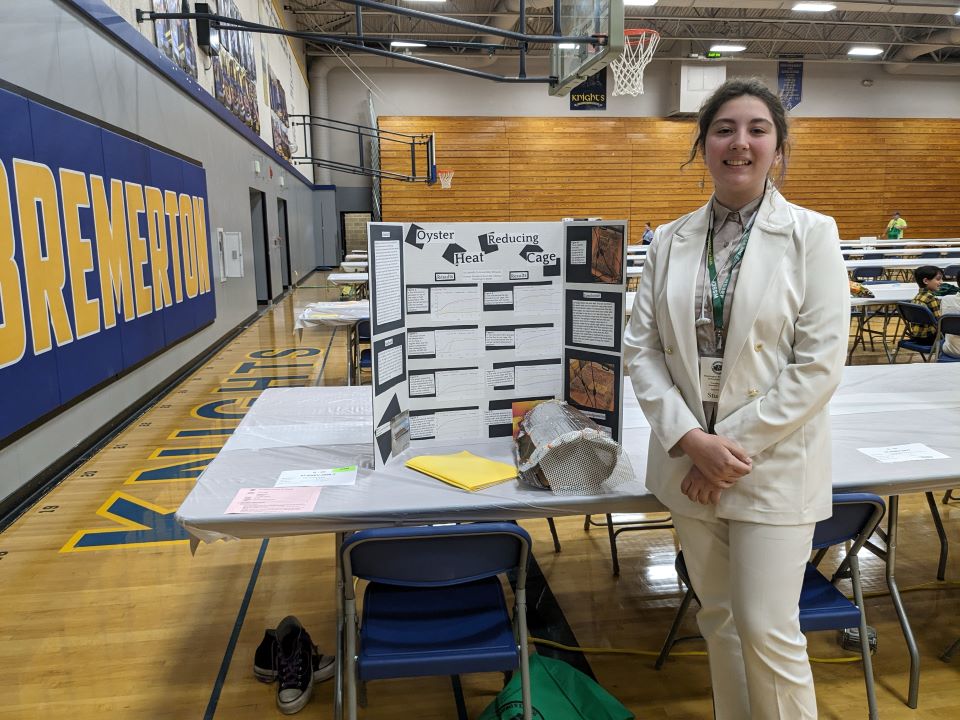Lemelson Foundation, Young & Amazing
‘What did you say?’: A student invents a hearing aid that cancels out ambient noise
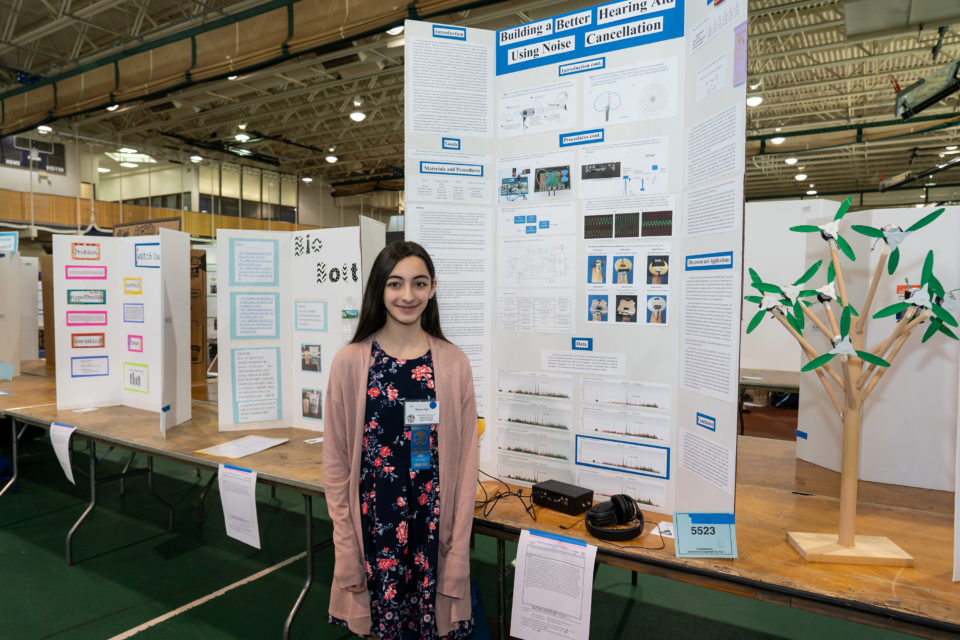
Annually for three years, The Lemelson Foundation will give $100 awards to outstanding inventors in up to 270 Society Affiliate Fairs with middle school participants around the country. The prize was specially created to reward young inventors whose projects exemplify the ideals of inventive thinking by identifying a challenge in their community and creating a solution that will improve lives.
Payton Noe, a high school freshman from Hamden, Connecticut, created a specialized hearing aid that cancels out ambient background noise that would be amplified in normal hearing aids. Unfortunately, many noise-reducing hearing aids dampen speech while also minimizing background noise. Payton’s prototype combats this problem. As a result, she won the Lemelson Early Inventor Prize at the Connecticut Science & Engineering Fair.
“My great-great uncle Rich was a World War II veteran and as a result had partial hearing loss. He complained of background noise, such as humming from a refrigerator, being amplified by his hearing aid,” said Payton. “By doing this project, I attempted to solve his problem. I hope that my project will improve my community by allowing people with hearing aids to have an easier time listening to other people or things.”
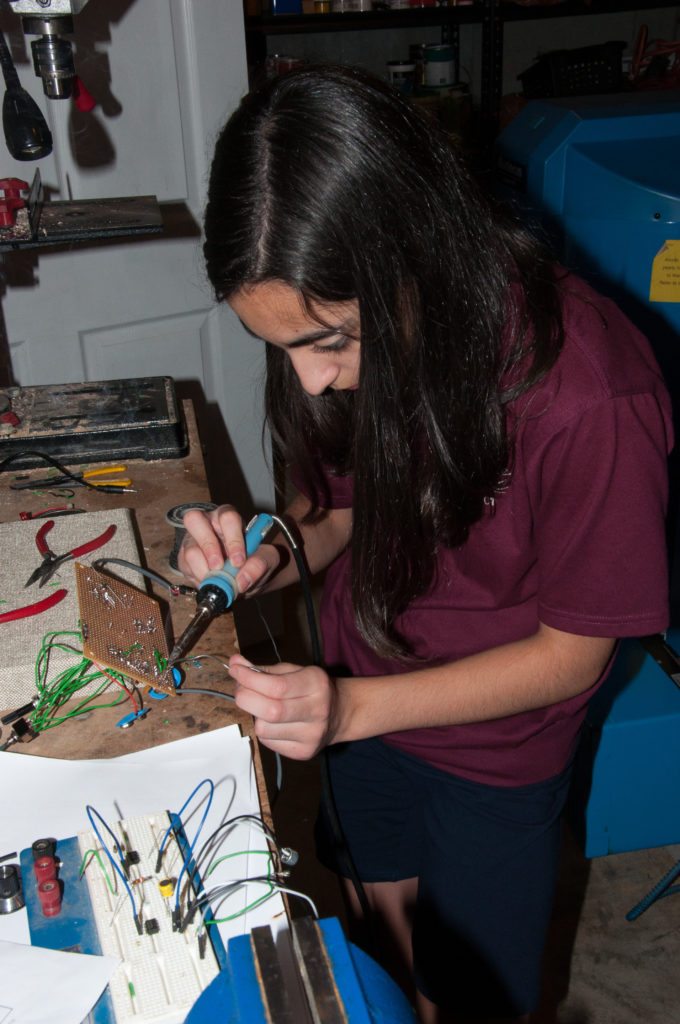
PHOTO COURTESY OF PAYTON NOE.
Payton’s hearing aids were influenced by existing technologies such as noise-cancelling headphones. Her prototype works by receiving signal and noise inputs from two microphones. The signal is the main stimulus the listener pays attention to, while the distracting noise is what overwhelms the listener’s attention. In Payton’s project, the signal microphone faces forward while the noise microphone faces upward. After receiving the inputs, the noise microphone amplifies the signal, then the technology cancels it out to help the listener hear the primary signal more clearly. The cancelled-out noise frequencies remain in the background as not to interfere with the main signal the user is tuning into.
She tested her invention by connecting it to a spectrum analyzer, a device that measures the magnitude of an input signal as opposed to multiple signals within range of the instrument.
“The signal and noise were modelled by two oscillators (or waveforms) appropriately positioned and set to different frequencies. If the ‘after cancellation’ graph showed a significantly lower noise peak than the ‘before cancellation’ graph, then I knew that my prototype worked well,” said Payton. “I also tested my prototype in a real-world situation by bringing it into a room with a lot of ambient noise. I then turned it on and tried to see how well I could hear the person in front of me talk.”
Payton doesn’t have solid future plans yet, but she knows she would like to refine her invention and give the gift of hearing to those who do not have it.
